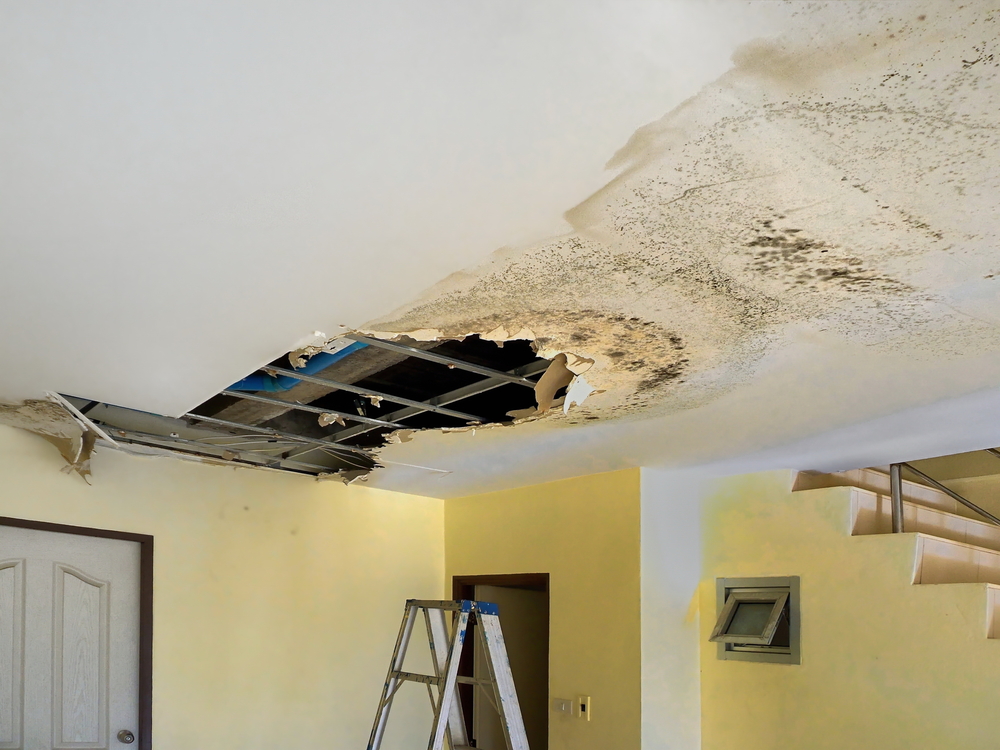How to Check If Your Residence Has a Concealed Leak
How to Check If Your Residence Has a Concealed Leak
Blog Article
This post listed below relating to Hacks to detect leaks is seriously compelling. You should take a peek.

Early discovery of leaking water lines can mitigate a potential calamity. Apart from conserving you money, it will certainly minimize the irritation as well as disappointment. The minute you find a leakage, calling your plumber for fixings is the most effective solution. Nonetheless, some tiny water leakages may not show up. Here are some hacks that assist if you can not identify it with your nude eyes.
1. Take A Look At the Water Meter
Every residence has a water meter. Inspecting it is a surefire manner in which aids you find leakages. For starters, turn off all the water resources. Make sure no person will flush, utilize the faucet, shower, run the washing maker or dishwasher. From there, most likely to the meter and watch if it will change. Given that no one is using it, there ought to be no movements. That suggests a fast-moving leak if it relocates. Furthermore, if you detect no changes, wait an hour or 2 and also inspect back once more. This indicates you might have a slow leak that might also be below ground.
2. Examine Water Consumption
If you find sudden adjustments, in spite of your intake being the exact same, it means that you have leakages in your plumbing system. A sudden spike in your costs indicates a fast-moving leakage.
A steady rise every month, also with the same habits, reveals you have a sluggish leak that's additionally gradually rising. Call a plumber to thoroughly examine your building, specifically if you really feel a cozy area on your floor with piping underneath.
3. Do a Food Coloring Test
When it comes to water intake, 30% comes from toilets. If the color somehow infiltrates your dish during that time without flushing, there's a leak in between the storage tank as well as dish.
4. Asses Exterior Lines
Don't fail to remember to examine your outdoor water lines as well. Must water permeate out of the connection, you have a loose rubber gasket. One tiny leak can lose tons of water and also surge your water expense.
5. Evaluate the scenario and also check
Home owners need to make it a habit to examine under the sink counters as well as also inside cupboards for any bad odor or mold and mildew growth. These 2 red flags suggest a leakage so timely attention is called for. Doing regular inspections, also bi-annually, can conserve you from a major trouble.
Inspect for discolorations and also deteriorating as the majority of appliances and pipes have a life span. If you believe dripping water lines in your plumbing system, don't wait for it to rise.
Early discovery of leaking water lines can alleviate a possible disaster. Some small water leaks may not be noticeable. Examining it is a surefire method that assists you find leakages. One tiny leak can throw away tons of water and also surge your water costs.
If you think dripping water lines in your plumbing system, do not wait for it to intensify.
WARNING SIGNS OF WATER LEAKAGE BEHIND THE WALL
PERSISTENT MUSTY ODORS
As water slowly drips from a leaky pipe inside the wall, flooring and sheetrock stay damp and develop an odor similar to wet cardboard. It generates a musty smell that can help you find hidden leaks.
MOLD IN UNUSUAL AREAS
Mold usually grows in wet areas like kitchens, baths and laundry rooms. If you spot the stuff on walls or baseboards in other rooms of the house, it’s a good indicator of undetected water leaks.
STAINS THAT GROW
When mold thrives around a leaky pipe, it sometimes takes hold on the inside surface of the affected wall. A growing stain on otherwise clean sheetrock is often your sign of a hidden plumbing problem.
PEELING OR BUBBLING WALLPAPER / PAINT
This clue is easy to miss in rooms that don’t get much use. When you see wallpaper separating along seams or paint bubbling or flaking off the wall, blame sheetrock that stays wet because of an undetected leak.
BUCKLED CEILINGS AND STAINED FLOORS
If ceilings or floors in bathrooms, kitchens or laundry areas develop structural problems, don’t rule out constant damp inside the walls. Wet sheetrock can affect adjacent framing, flooring and ceilings.
https://www.servicemasterbyzaba.com/blog/how-to-detect-water-leakage-in-walls/

Do you appreciate reading about Locating water leaks? Create a review directly below. We'd be glad to know your views about this posting. We hope that you come back again in the near future. I beg you set aside a second to promote this post if you liked it. I take joy in reading our article about Locating water leaks.
Report this page